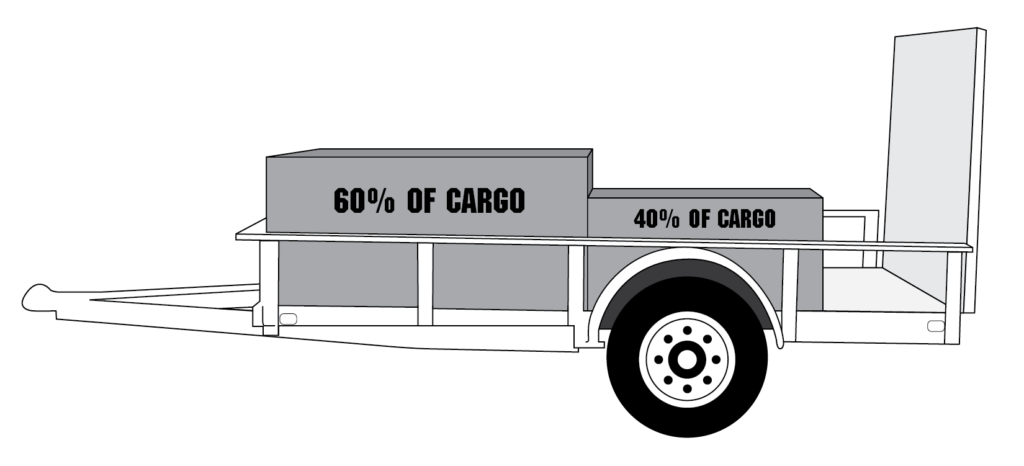Mastering the 60/40 Rule for Safer Trailer Hauling
When it comes to towing a trailer, understanding and applying the 60/40 rule is critical for ensuring safety on the road. This simple yet effective guideline suggests placing 60% of the trailer’s total weight in front of the trailer axles and 40% behind them. But why is adhering to this rule so important, and how can it prevent the dangerous phenomenon known as trailer sway?
The Importance of the 60/40 Rule
Following the 60/40 weight distribution rule is key to maintaining balance and stability while towing. If the weight distribution is off, with too little weight on the hitch (tongue) and too much towards the rear of the trailer, the risk of trailer sway dramatically increases. This imbalance puts undue stress on the hitch and can lead to a loss of control over the trailer.
Understanding Trailer Sway
Trailer sway is a lateral, side-to-side motion that can escalate quickly if not corrected, potentially resulting in a loss of control, crash, or rollover. Several factors can trigger trailer sway, including improper load positioning, sudden steering maneuvers, wind gusts, or unexpected interactions with roadway debris.
Causes of Trailer Sway
The primary cause of trailer sway is an improperly balanced tow load. However, external forces such as wind gusts, rapid lane changes, or even hitting debris can exacerbate the issue. It’s worth noting that while trailer sway may initially self-correct, high speeds and poor weight distribution can cause it to intensify with each oscillation, leading to potential disaster.
Responding to Trailer Sway
If you find your trailer beginning to sway, the most effective response is to stay calm, keep the steering wheel straight, gradually let off the gas, and apply the trailer’s brakes if equipped. This action can counteract the sway and help stabilize the trailer. If safe to do so, stop and redistribute your load according to the 60/40 rule or slow down to reduce the risk of sway until you can properly adjust the load.
Calculating GVWR for Safety
A cornerstone of safe trailering is understanding your trailer’s Gross Vehicle Weight Rating (GVWR). This figure represents the maximum total weight your trailer is designed to carry safely. Knowing your GVWR is essential for loading your trailer within its limits, ensuring optimal balance, and preventing trailer sway.
Safe Trailering Practices
Safe trailering doesn’t stop at proper loading. It extends to using the right equipment, setting up your trailer correctly, and adopting safe driving habits. Ensuring your load complies with the 60/40 rule and the GVWR of your trailer is crucial for minimizing the risk of sway and maintaining control of your vehicle at all times.
By understanding and applying the principles of the 60/40 rule and calculating your trailer’s GVWR, you can significantly reduce the risk of trailer sway. Thus, it ensures a safer journey. Whether you’re headed down the highway or traversing country roads, safe towing is the responsibility of every trailer owner. By following the right knowledge and practices, you can tow with confidence and security.
